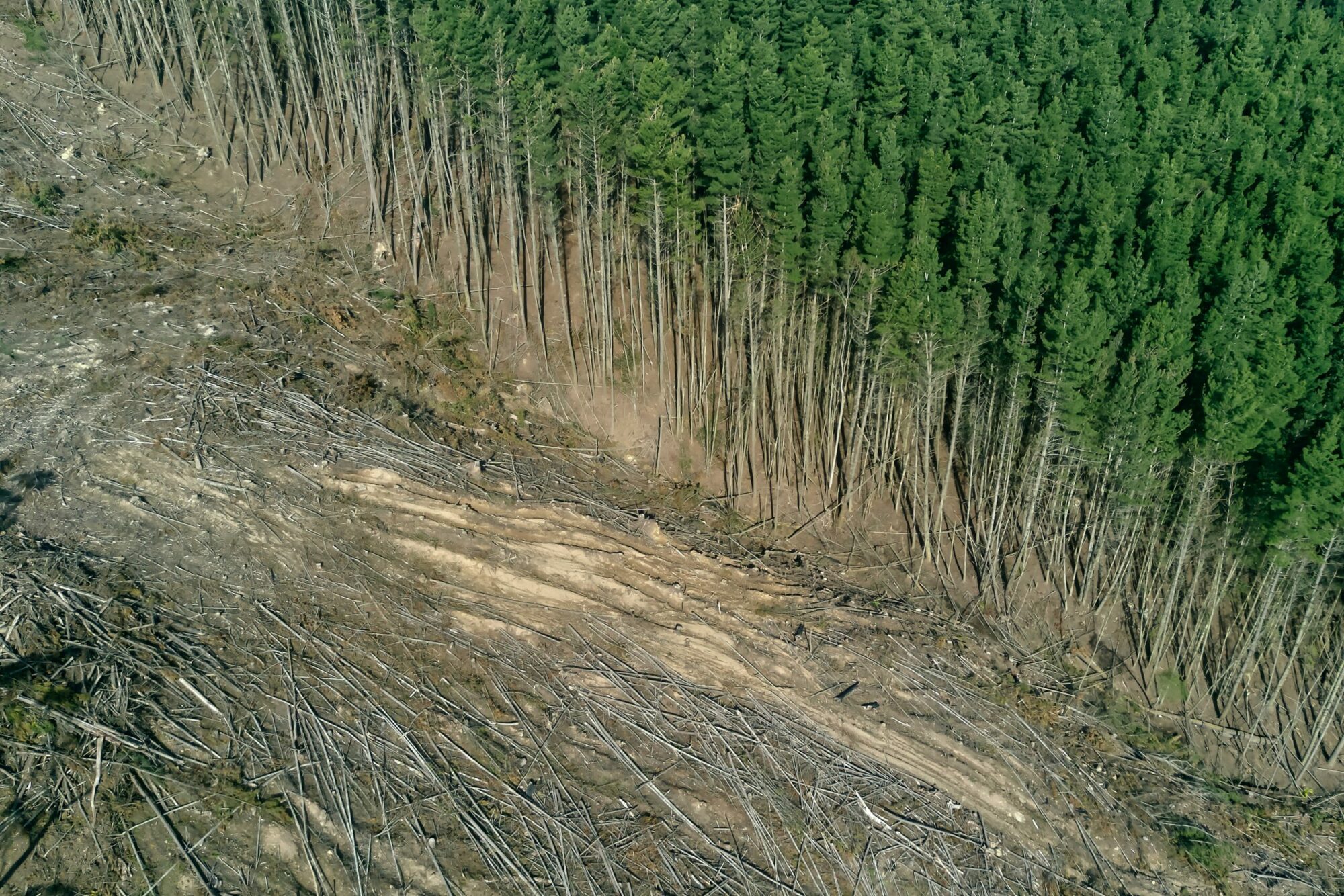Trees naturally remove CO2 from ambient air to build their trunks, branches, foliage, and roots. They also deliver a portion of the carbon to the surrounding soil, which has its own range of benefits. This CO2 can be stored for decades, sometimes even centuries, both above and below ground.
Good forest management can increase the amount of carbon forests can hold. Approaches like afforestation, reforestation, restoration, agroforestry, and maximizing tree growth are well known methods that are ready to be deployed today. Alongside them, we can also reduce the carbon intensity of buildings by using sustainably harvested wood products instead of using carbon-costly building materials like traditional concrete or steel.

Benefits and costs
Today, roughly one third of the US is forested, capturing nearly 12% of the country’s carbon emissions. By investing in forests, we can grow that number and remove CO2 for as little as $20 per ton while creating win-wins for communities and the environment.
-
Supporting biodiversity and ecosystems
Forests do a lot for the ecosystems around them. They help control soil erosion, support biodiversity, and mitigate floods and droughts. They also help filter water and can improve access to safe and clean drinking water for local communities.
-
Improving human health
In addition to improving clean drinking water access, forests can improve human health conditions in a range of other ways. Trees can purify the air we breathe by absorbing CO2 and other pollutants and provide shade in hot areas. There’s also growing consensus that forests and green spaces promote mental health by reducing stress and providing a stronger sense of community and connection to nature.
-
Creating jobs and economic benefits
Forests can bring economic opportunities to both urban and rural settings. Every $1 million invested in ecological restoration creates 10–40 jobs, which is equal to or better than the equivalent investment in oil and gas. Over the next 10 years, experts project over 100,000 new jobs will be created in urban forestry for planting trees, forest maintenance, and landscaping.
Challenges and considerations
Land is a finite resource, so there are always going to be competing priorities for how we use it. Forestry practices like afforestation require a lot of land, which can be at odds with other community or economic opportunities. And convincing family forest owners, who control 36% of the nation’s forestland, to commit to carbon-removing practices isn’t always straightforward.
Today, we face a national seed and seedling shortage that severely hinders reforestation efforts, especially as increasing wildfires mean we need to be replanting faster than ever. At the same time, a lack of federal incentives makes selling forestland more appealing for those who aren’t intimately involved in managing their land.
Ironically, climate change is also making forest carbon removal riskier. Severe wildfires, pest and disease outbreaks, deforestation, and land use conversion are all compounded by climate change. These can leave forests vulnerable to mass dieback events, which release more CO2 into the atmosphere, perpetuating a harmful cycle that can be hard to keep under control.
Forest carbon removal policy outlook
Private landowners control nearly two thirds of US forests, but many of them still need to overcome steep financial and technical barriers to adopt new carbon-storing management practices. That makes federal policy and incentive programs key to unlocking our forests’ full carbon storage potential. The federal government already offers several assistance programs, including the Forest Legacy program, Forest Stewardship Program, and Landscape Restoration program. Housed within the US Department of Agriculture, the US Forest Service also provides assistance to state, local, and Tribal governments and oversees reforestation and restoration on public lands.
Further federal policy action is needed to protect the health of US forests, incentivize carbon-conscious practices alongside holistic ecosystem management, and build the workforce and nursery capacity required to restore forests at megaton scale.
Maya GlicksmanSenior Policy Advisor




